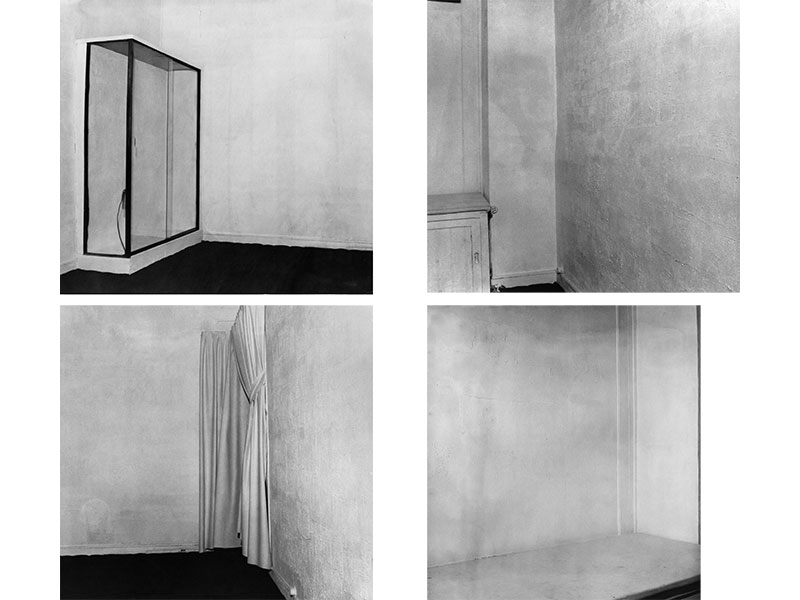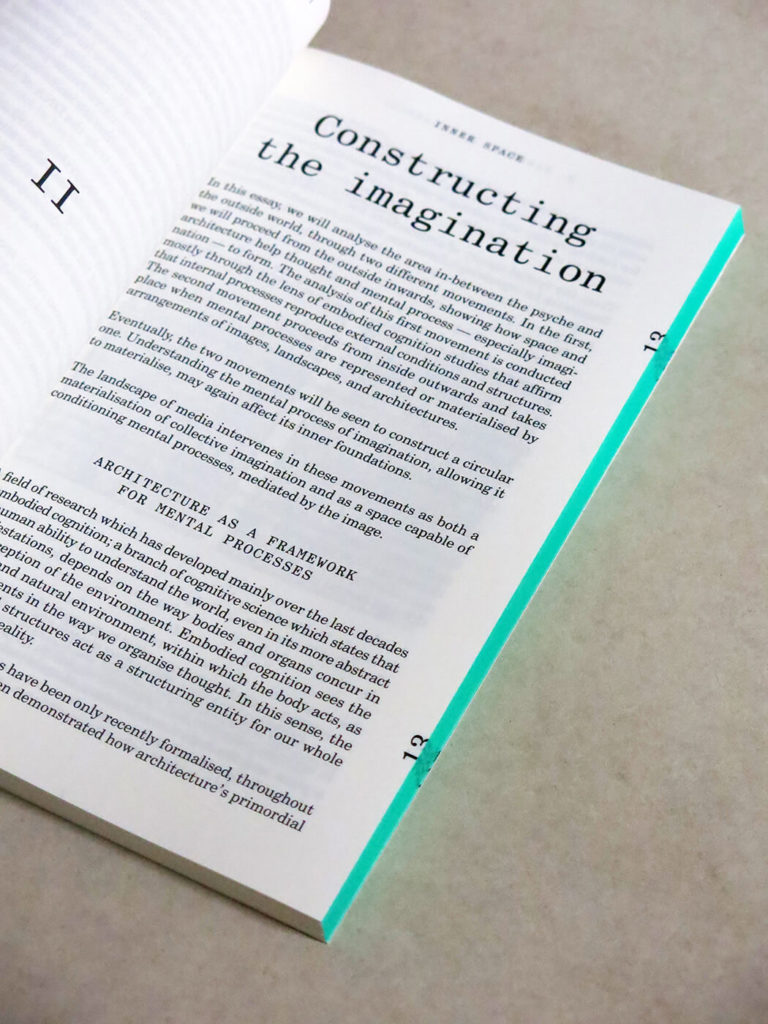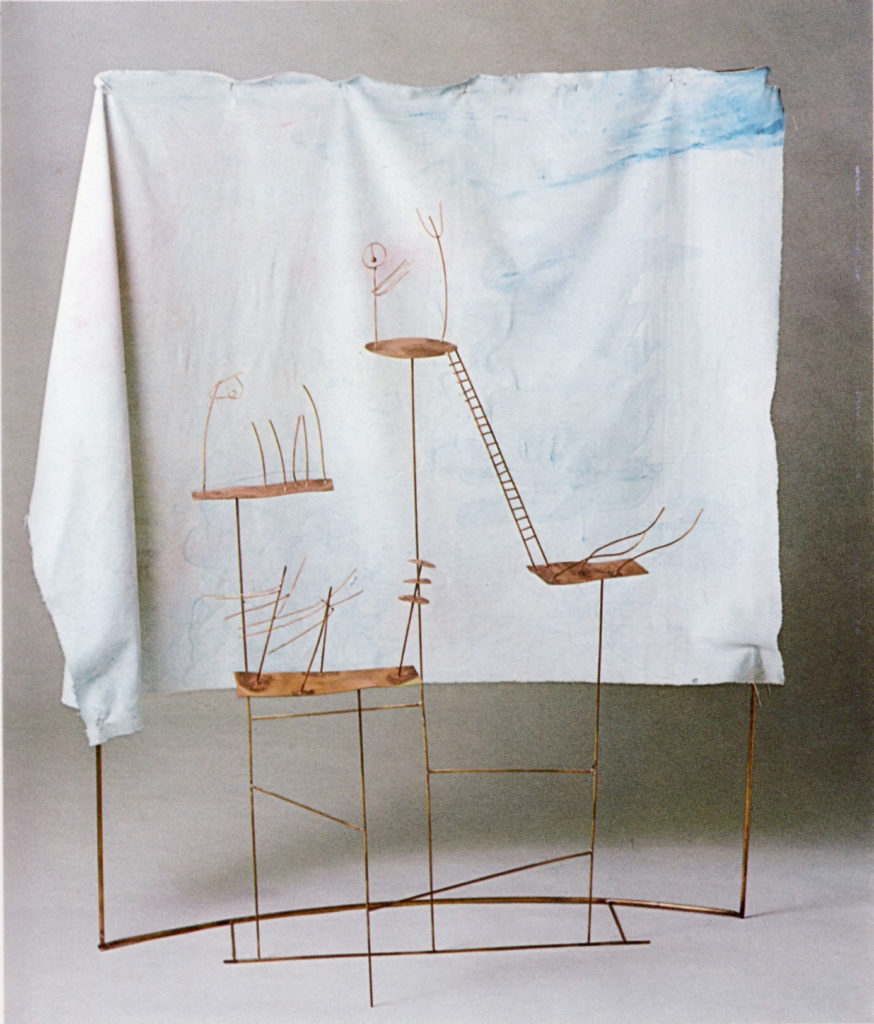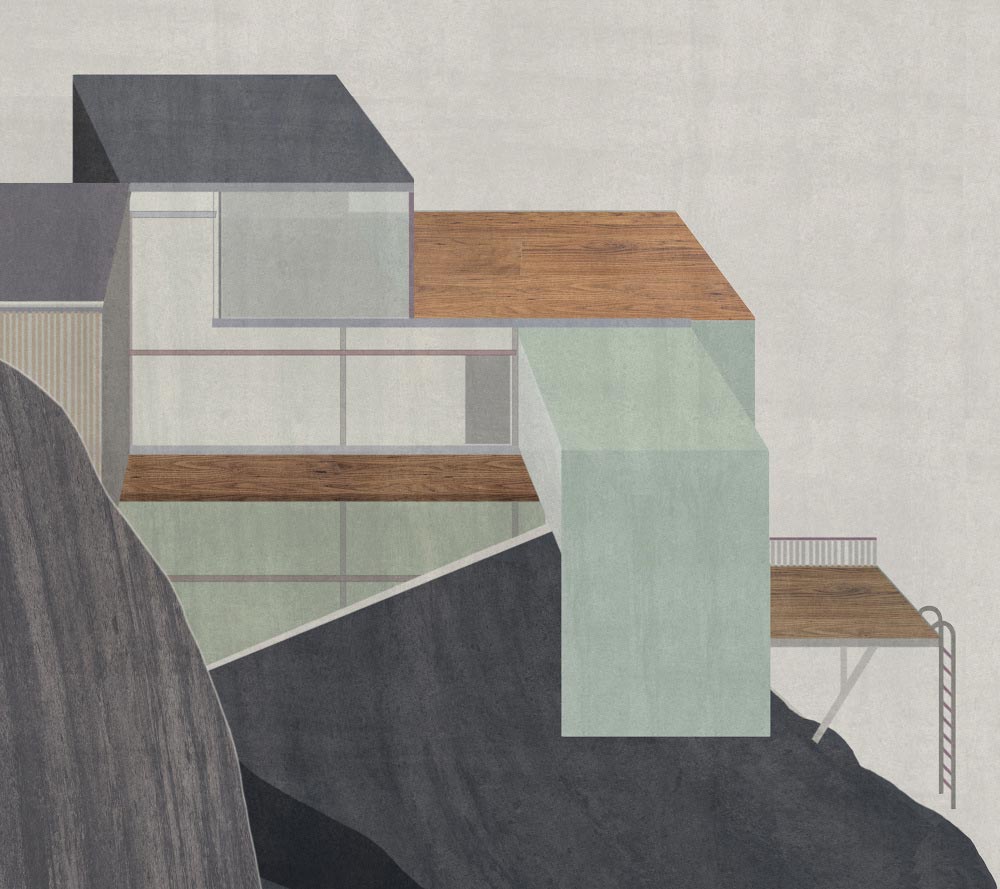What do textured Aurelian walls, a Franciscan friar’s dabblings in typography, and a telecommunicated exhibition from the 1990s have in common? They are all featured in Socks, a sidelong look at architecture and design as social phenomena capable of uniting discrete ideas across space and time. Like the trippy half-formed portraits of dogs rendered by Google’s hallucinogenic Deep Dream AI, Socks is an aesthetic exquisite corpse: part visual atlas, part historical cabinet of curiosities, and part psychological voyage into the unknown.
Mariabruna Fabrizi and Fosco Lucarelli—who presented their work at Harvard Graduate School of Design in November, 2019—founded Socks in 2006 while studying at the University of Roma Tre. At the time, the two were more interested in emergent technologies and their cultural impact than in architecture proper—or any other discipline in isolation. As its audience grew, Socks stretched beyond architecture and academia, attracting a diverse readership that included artists, video game designers, and technologists who helped shape the discussion through an increasingly interdisciplinary perspective. Over time it became a shared network, a place to prod beyond the already-known maxims of the built world and into new, softer territory. On this rapidly evolving informational ecosystem, the imaginary, speculative, and curious sides of architecture were freed from the progressive trajectory and precise terminology that often envelops the discipline.

“Now that there’s a critical mass of thousands of posts,” says Lucarelli, “we’ve been able to group our interests into 11 main categories, a process that we refer to as a sort of ‘reverse psychological analysis.’” The categories range from particular conceits arrived at over the years, including “photography as time” and “walls as rooms,” or veer into the paradoxical, such as “dysfunctional plans,” and finally embrace more quotidian architectural terms like “fields,” “housing,” and “axonometric projection”—but take them to very different ends. Distortion, a triumph of anachronism, ambiguity, interconnectivity, and the defiance of easy categorization are the connective tissues between the thousands of entries that comprise Socks’ online database. Reflecting on the categories, Lucarelli adds: “They chose us, we didn’t choose them.”
Socks adopts the language of the infinite scroll and grid that have become part and parcel of our internet experience, from mood boards delivered via Pinterest to your Instagram feed. But unlike similarly structured projects such as Archive of Affinities, Socks doesn’t revel in total ambiguity, nor does it claim to have all the answers. Instead, Fabrizi and Lucarelli provide a continually shifting editorial direction that ranges from a light curatorial prod to several paragraphs of detailed information per entry. The duo feel no pressure of consistency; there is neither fetish for novelty nor devotion to a traditional mode of presentation. They prefer to bring this information into daily life as practitioners and educators of architecture, both on-screen and off-line.

“It’s a two-way response to the way the internet shapes how we work,” says Fabrizi. “Socks replicates the exquisite corpse created as people contribute alternative ideas to the collective consciousness of the internet; it also steps beyond that increasingly insular bubble of algorithmically tailored information to provoke curiosity, which is the most crucial part of architectural education.”
While Fabrizi and Lucarelli continue to expand their digital atlas, they have anchored their practice in a physical space in Paris. In 2010, they founded Microcities, an architecture and design practice that runs independently of Socks but engages with many shared concerns. Ranging from Parisian apartment redesigns to Finnish libraries and entire neighborhood propositions in Sweden, their projects arrive at architecture through several other disciplines. Microcities incorporates principles of sociology, urban planning theory, and psychology, as well as pop culture and everyday life in their speculative designs. Hammarö Boogie-Woogie (2013) was an urban renovation plan for the Swedish city of Hammarö that draws on the partners’ ongoing interest in interstitial spaces, where the private meets the collective. Its title is in homage to Mondrian’s jazzy final painting, Broadway Boogie Woogie (1958)—wherein the sterile urban grid becomes a rhythmic romp through the picture plane. Similarly, their plan for Hammarö brings value to voids, transforming the spaces between housing clusters into vibrant sources of life.

But Fabrizi and Lucarelli believe the best translation of Socks’ ideology from url to irl is Inner Space, their contribution to the current Lisbon Architecture Triennale. The 36-foot-tall cabinet of curiosities they erected in the main exhibition hall offers a physical rendition of their research methodology of “inner space.” The project explores collective imagination through different media including models, photographs, objects, installations, drawings, and VR. In an effort to democratize and repopulate old imagery with new meaning, Fabrizi and Lucarelli only used images that have gone out of copyright and are readily downloadable from the internet.
As the plywood structure ascends, it travels through time and gradations of publicness to ask how the visual presentation of images throughout history has shaped the image of architecture within the public imagination. Beginning on the ground level with a series of maps—from otherworldly medieval speculations to existential topographical drawings by the contemporary artist Grayson Perry—architecture then ascends through media and categories to become a common representation. Reflecting on this project, the duo ask: “Is it possible to consider collective imagination as a sort of territory uniting disparate ideas? If so, how might you materialize it?”
“When we started Socks, we didn’t think it would last a long time—the title was a random placeholder for our website that just sort of stuck,” confess Fabrizi and Lucarelli. “But in the end, we are happy because it obliges us to not take anything too seriously.” Whether with their presentation in Lisbon, their research through Socks, or their role as educators in architecture and design schools worldwide, the duo care little for having all the answers. Rather, they want to provoke a second take on images and encourage the pursuit of new meanings. As the post-truth politics of the present evolves into a hybrid of fact and fiction, their unconventional approach to archiving—which values the speculative as much as the real—makes Socks a vital tool for unlearning and provoking curiosity in the realm of architecture and beyond.
